
UNESCO recognizes the historical, cultural, or even scientific importance of a monument by declaring it a heritage site. Sri Lanka, with a history dating back to 28,000 BCE, offers various heritage sites from different eras. Six of these sites, located in important historical areas of Sri Lanka, hold cultural significance, while the remaining two are natural wonders. The World Heritage Sites in Sri Lanka reflect the deeply rooted and interconnected cultural traditions of Sri Lanka and how locals interpret them.
Here is a list of eight UNESCO World Heritage Sites in Sri Lanka. Seize the opportunity to explore these remarkable destinations and make your Sri Lankan adventure unforgettable.
Ancient City of Sigiriya
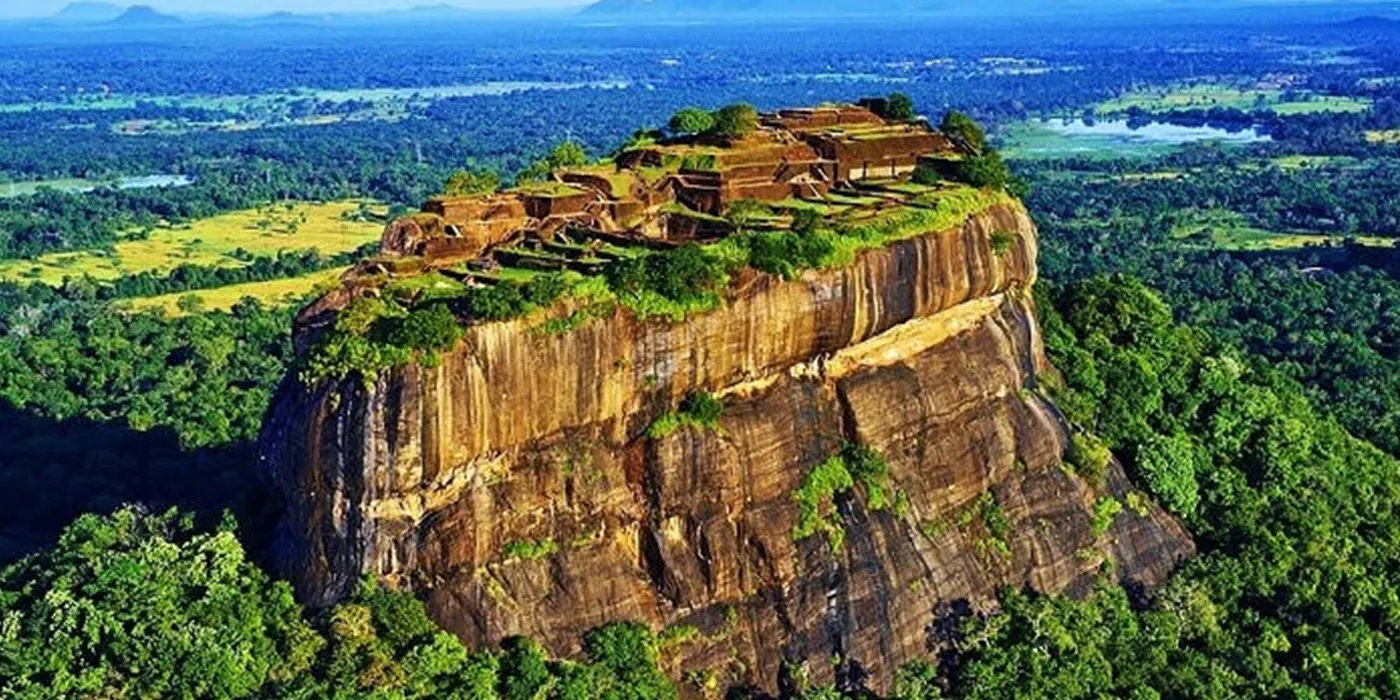
Sigiriya, also known as “The Lion Rock,” is a remarkable structure that combines a rock fortress and a palace. It was built by King Kasyapa in the late 5th century. The entrance to the palace is shaped like a giant lion, which is why it is called Lion’s Rock.
The palace, situated atop the rock’s flat surface, is adorned with vibrant frescoes, which are perhaps Sigiriya’s most well-known attraction. Sigiriya is also renowned for its ancient landscaped gardens, among the oldest in the world, and its mirror wall, which bears verses dating back to the 8th century.
Sigiriya is recognized as one of UNESCO World Heritage Sites in Sri Lanka since 1982.
Insider Tip: Climbing Sigiriya Rock is not for the faint of heart, and you will encounter some large rock formations along the way.
Sacred City of Anuradhapura
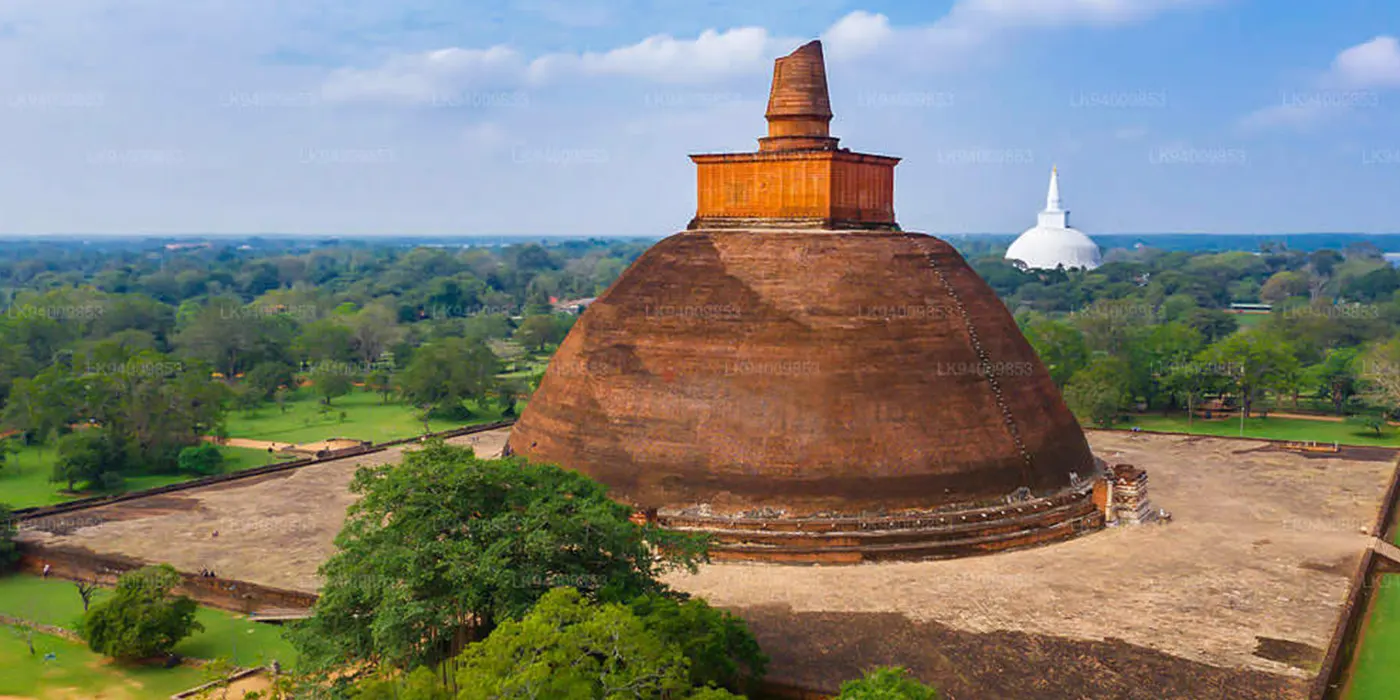
Anuradhapura is the birthplace of Sri Lanka’s ancient civilization and the island’s Buddhist center. Visitors are drawn to the well-preserved remains of ancient palaces, monasteries, and monuments.
It also houses the sacred 2,000-year-old Bo Tree, which was grown from a sapling of the Bodhi tree under which Lord Buddha attained enlightenment. According to historical records, this ancient city is renowned as one of the world’s most significant archaeological sites, boasting the most unearthed Buddha relics.
The Sacred city of Anuradhapura is recognized as one of UNESCO World Heritage Sites in Sri Lanka since1982.
Insider Tip: Due to the spread-out nature of Anuradhapura’s ruins, it’s advisable to choose a few specific sites to visit.
Ancient City of Polonnaruwa
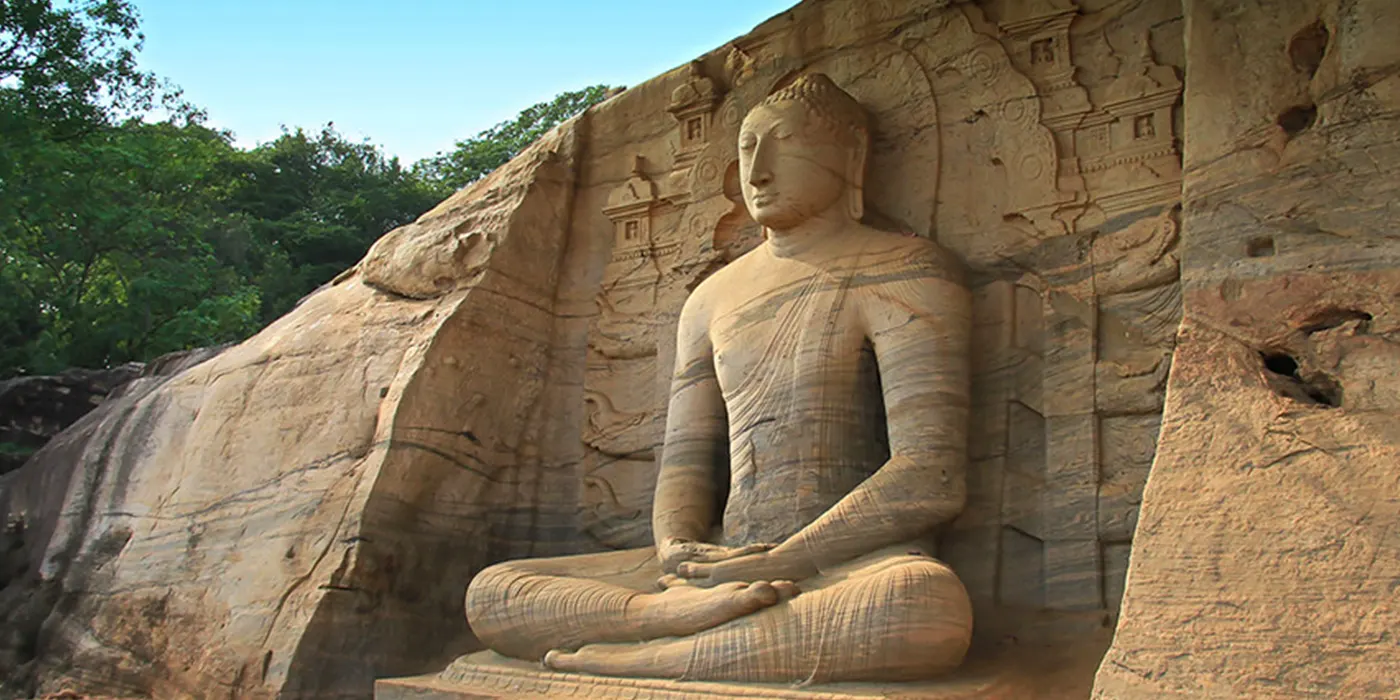
Polonnaruwa, the second oldest of Sri Lanka’s kingdoms after Anuradhapura, offers travelers a unique experience with its stunning art, magnificent medieval architecture, impressive irrigation systems, and lush green surroundings.
The ancient city of Polonnaruwa, a meticulously planned archaeological gem in Sri Lanka, stands as a testament to the architectural brilliance of the Cholas and Parakramabahu I. Its Brahmanic monuments and the Garden City’s ruins harmoniously blend, creating a captivating historical landscape.
Ancient city of Polonnaruwa is recognized as one of UNESCO World Heritage Sites in Sri Lanka since 1982.
Insider Tip: Due to its compact size, exploring Polonnaruwa by bicycle is highly recommended. Alternatively, prepare for a 6-10 kilometer walk.
Sacred City of Kandy
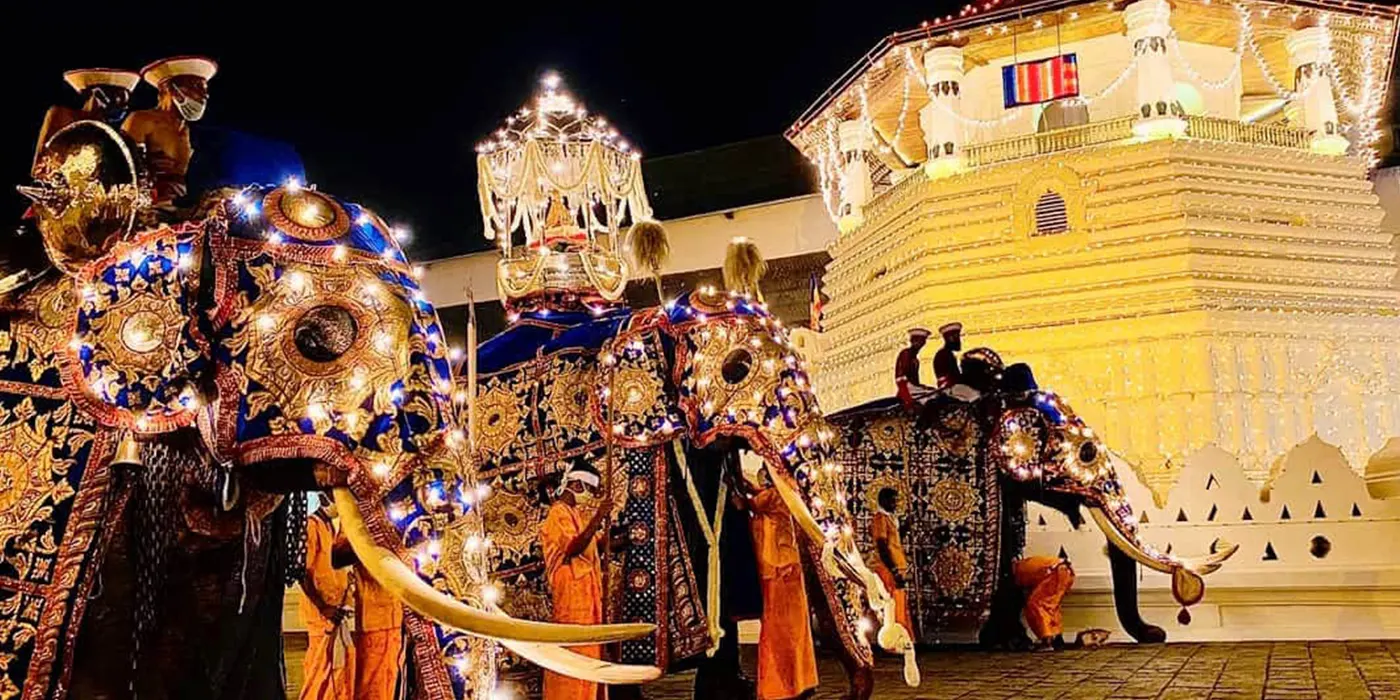
Kandy, widely regarded as Sri Lanka’s cultural hub, is home to the Temple of the Tooth Relic of Lord Buddha, one of Sri Lanka’s most sacred shrines. If you visit Kandy during July or August, you can witness the Kandy Esala Perahera, an annual ritual of the Sacred Tooth Temple.
Nestled amidst forested hills and surrounded by tea plantations, Kandy is renowned for its scenic beauty and rich cultural heritage, making it one of Sri Lanka’s most captivating cities.
The sacred city of Kandy is recognized as one of UNESCO World Heritage Sites in Sri Lanka since 1988.
Insider Tip: Embark on a train journey from Colombo to Kandy. Along the way, you’ll experience a glimpse of Kandy’s captivating cultural dance.
Old Town of Galle and Galle Dutch Fort
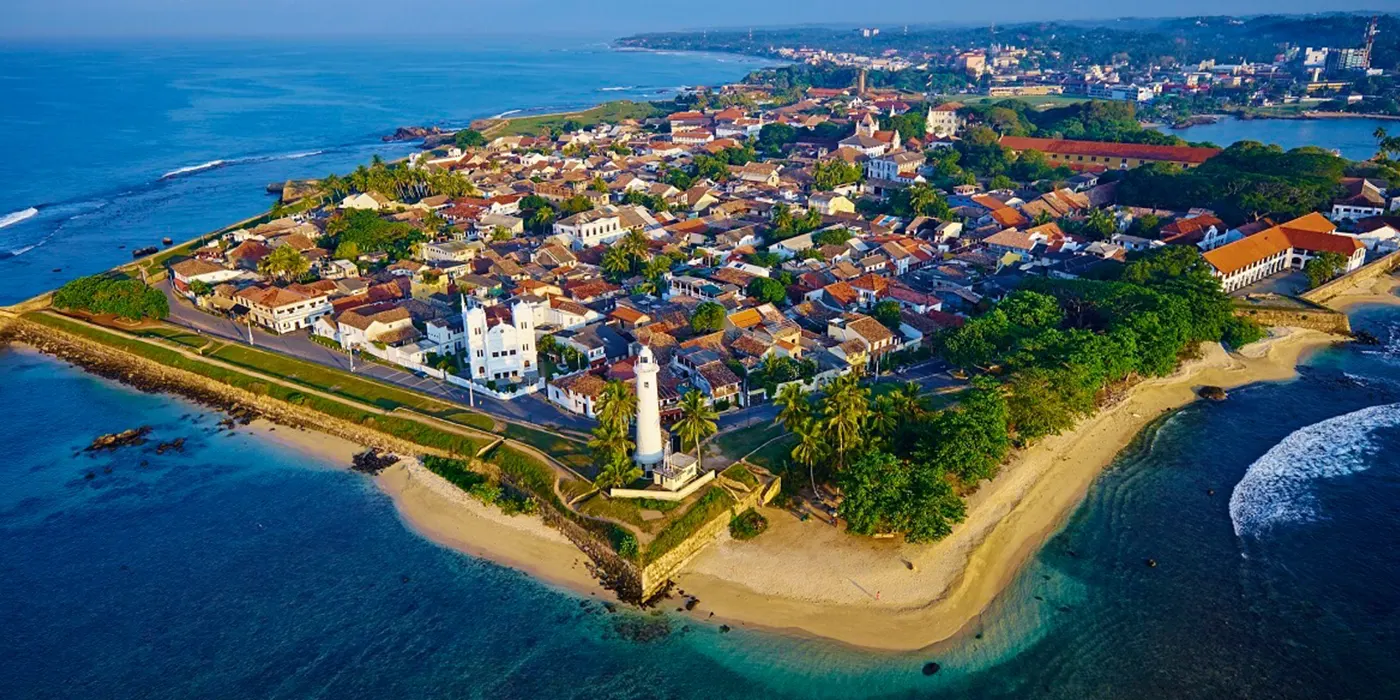
Galle, a major city and port on Sri Lanka’s south coast, showcases the fusion of European architecture and South Asian traditions through its Old Town and Fortifications, which were built by Europeans. Two main gates grant access to the fort, one adorned with the Dutch Coat of Arms and the other with the British emblem.
Lining the streets are houses bearing artistic embellishments from the Dutch and British eras, many of which have been transformed into charming boutique shops and guest houses. Notable landmarks within the fort include the Dutch Reformed Church, the National Maritime Museum, the Old Dutch Hospital, and the New Orient Hotel.
Old Town of Galle and Galle Dutch Fort is recognized as one of UNESCO World Heritage Sites in Sri Lanka since 1988.
Insider Tip: As dusk approaches, embark on a stroll atop the fortress walls to capture breathtaking views of the old town.
Sinharaja Forest Reserve
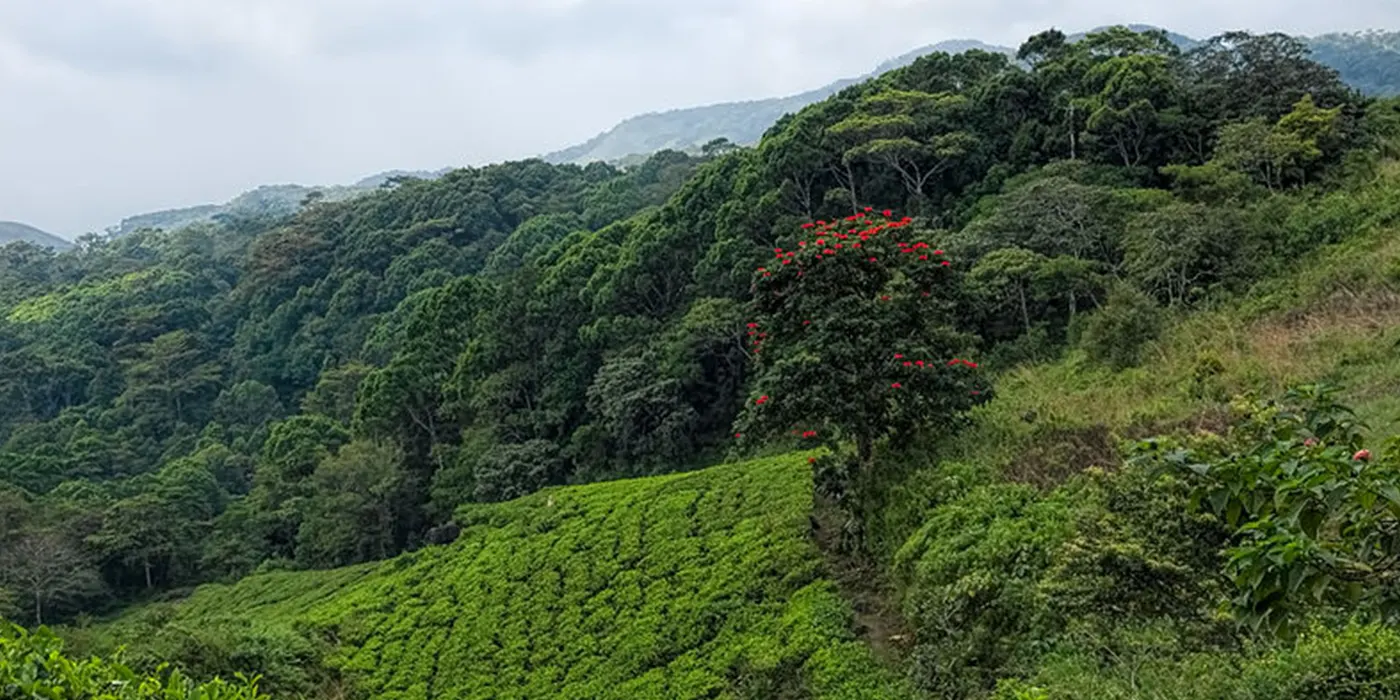
Sinharaja Forest Reserve, aptly translated as “Kingdom of the Lion,” is a crucial national park in Sri Lanka and has been designated a Biosphere Reserve due to its immense ecological importance to the island.
Encompassing the country’s last remaining stretch of undisturbed primary tropical rainforest, Sinharaja serves as a haven for a diverse array of rare endemic species, including mammals, butterflies, birds, fish, reptiles, and amphibians.
Sinharaja is recognized as one of UNESCO World Heritage Sites in Sri Lanka since 1988.
Insider Tip: Due to the dense vegetation, spotting wildlife can be challenging. Plan your visit during the drier months (August to September and January to early April) for the best chance of encountering these elusive creatures.
Golden Temple of Dambulla

The Golden Temple of Dambulla, also known as the Dambulla Cave Temple, is Sri Lanka’s largest and best-preserved cave temple complex. It boasts five caves and houses 157 statues of the Lord Buddha. The caves, rocks, and temple structure can be traced back to the 1st century BC.
Visitors can admire the temple’s intricate and delicate paintings adorning the ceilings and walls. The site’s historical, archaeological, and artistic significance makes it an unmissable destination.
Dambulla Cave Temple is recognized as one of UNESCO World Heritage Sites in Sri Lanka since 1991.
Insider Tip: Before entering the main cave area, ensure you remove your shoes. Wearing socks can provide comfort on the stone floors.
Central Highlands of Sri Lanka
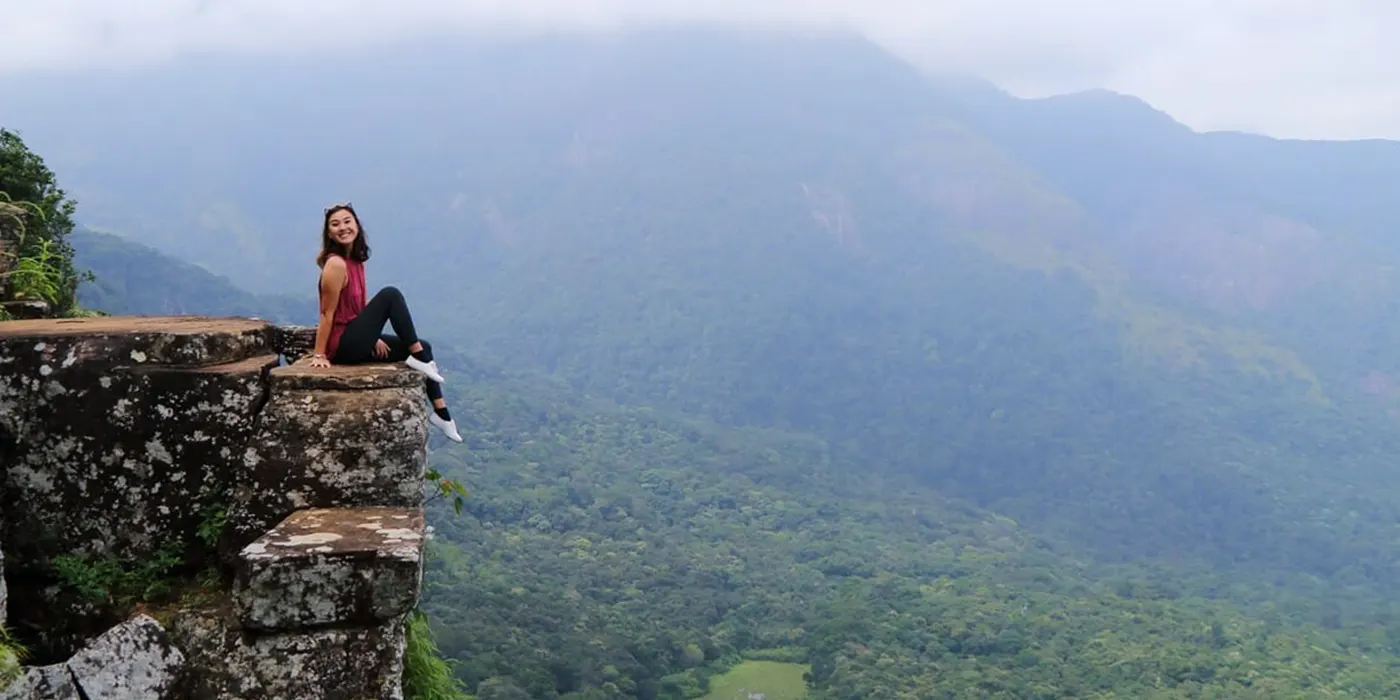
The Central Highlands of Sri Lanka, a recent addition to the list of World Heritage Sites, encompass three wet-zone parks: the Peak Wilderness Protected Area, the Horton Plains National Park, and the Knuckles Conservation Forest. Adam’s Peak, the highest point in the region, has become a major pilgrimage site for Buddhists.
This biodiversity hotspot harbors an astonishing array of endemic species. Several endangered animals, including the western-purple-faced langur, the slender loris, and the Sri Lankan leopard, can be found here.
Central highlands of Sri Lanka is recognized as one of UNESCO World Heritage Sites in Sri Lanka since 2010.
Insider Tip: The central highlands offer pleasantly cool and relatively dry weather from January to April, making it an ideal time to visit.
Frequently Asked Questions about UNESCO World Heritage Sites in Sri Lanka
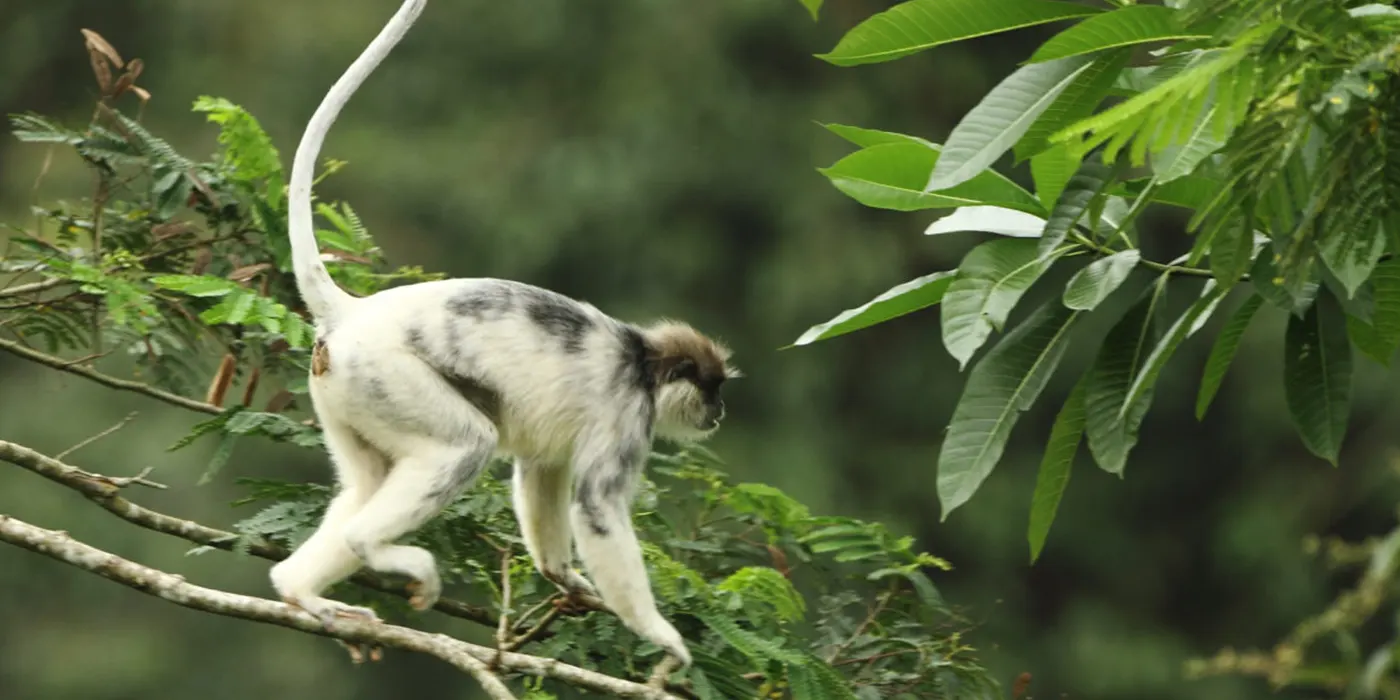
How many UNESCO World Heritage Sites does Sri Lanka have?
Sri Lanka boasts eight UNESCO World Heritage Sites, each holding immense cultural, historical, and natural significance.
What are Sri Lanka’s UNESCO World Heritage Sites?
The UNESCO World Heritage Sites in Sri Lanka include the Sacred City of Anuradhapura, the Ancient City of Polonnaruwa, the Golden Temple of Dambulla, the Old Town of Galle and its Fortifications, the Ancient City of Sigiriya, the Sacred City of Kandy, the Sinharaja Forest Reserve, and the Central Highlands of Sri Lanka.
Why are these sites considered significant?
These sites represent Sri Lanka’s rich heritage and biodiversity, showcasing exceptional cultural, historical, and natural value. They offer a glimpse into the country’s ancient civilizations, architectural brilliance, and diverse ecosystems.
Can visitors access all UNESCO World Heritage Sites in Sri Lanka?
Generally, visitors can access all UNESCO World Heritage Sites in Sri Lanka. However, some sites may have specific guidelines or restrictions in place to protect their cultural and natural integrity. It is advisable to check the regulations before visiting each site.
Is there an entrance fee to visit UNESCO World Heritage Sites in Sri Lanka?
Yes, visitors are typically required to pay an entrance fee to access UNESCO World Heritage Sites in Sri Lanka.
Are guided tours available at these sites?
Guided tours are often available at many UNESCO World Heritage Sites in Sri Lanka. Experienced guides can provide valuable insights into the history, architecture, and significance of these sites, enhancing the visitor experience.
Can I take photographs at UNESCO World Heritage Sites in Sri Lanka?
In most cases, photography is permitted at UNESCO World Heritage Sites in Sri Lanka. However, there may be specific areas or sites where restrictions apply. It is recommended to check the rules at each site before taking photographs.
How are UNESCO World Heritage Sites protected in Sri Lanka?
The Sri Lankan government, in collaboration with UNESCO, implements comprehensive measures to safeguard and preserve these sites. Conservation efforts focus on maintaining their cultural and natural integrity, ensuring their preservation for future generations.
Are there any ongoing conservation projects for these sites?
Yes, there are often ongoing conservation and restoration projects aimed at preserving and maintaining the UNESCO World Heritage Sites in Sri Lanka. These projects play a crucial role in ensuring the long-term protection of these invaluable cultural and natural treasures.
